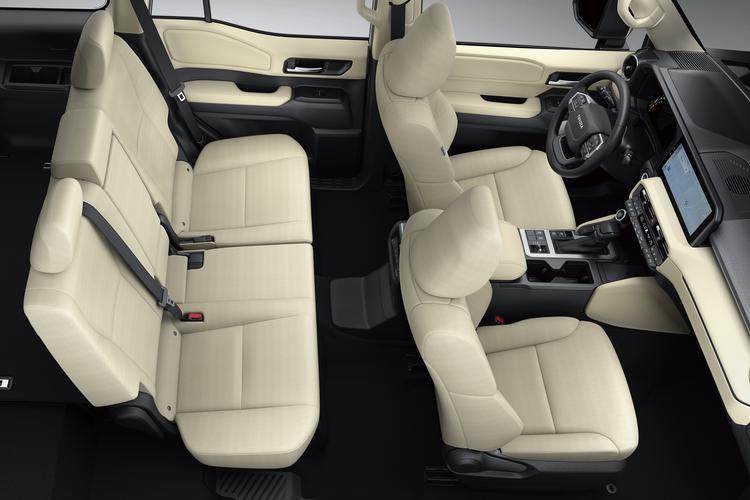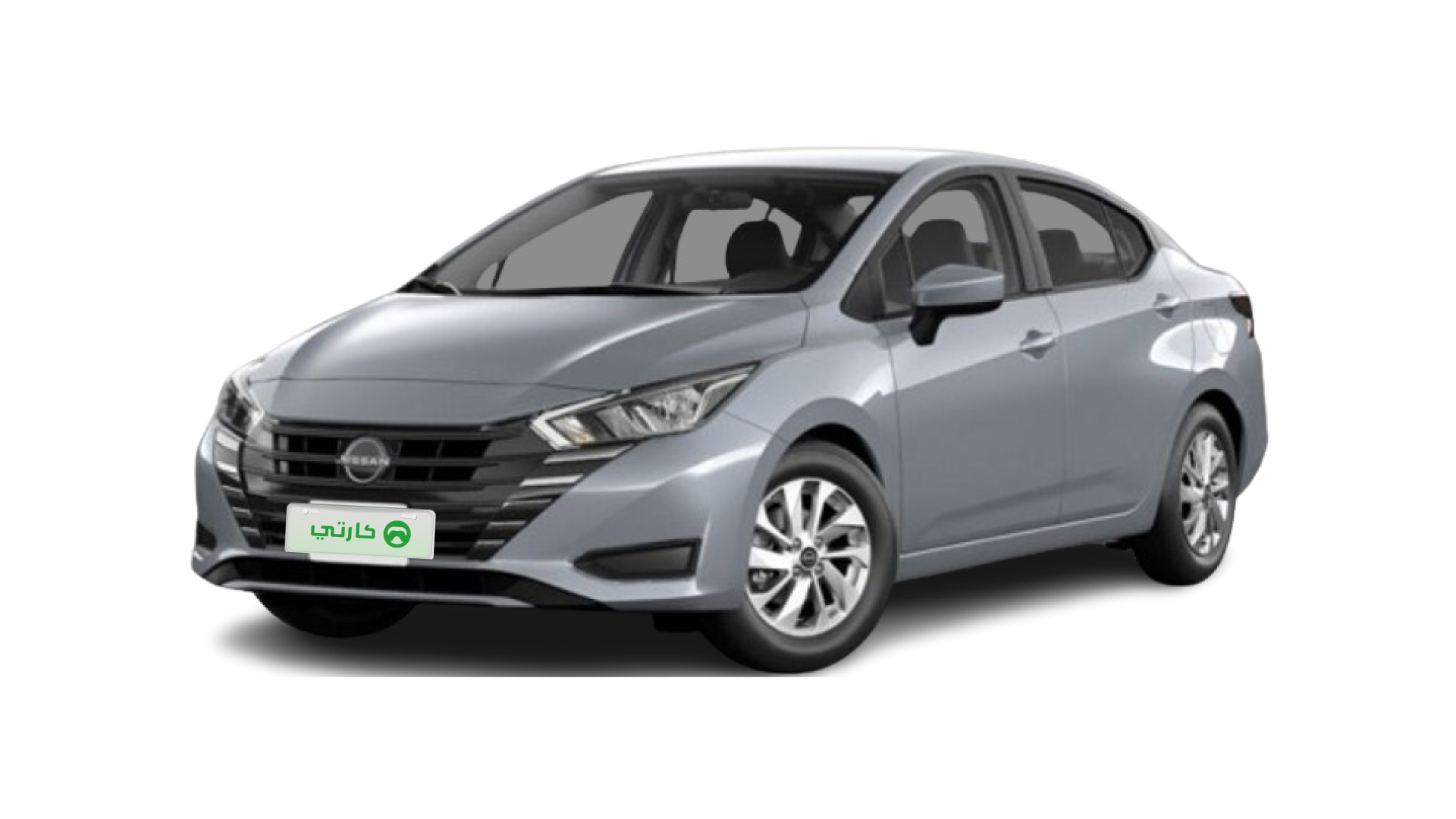Are you looking to get the most out of your Prado 2.7 fuel consumption? This guide dives into actionable strategies that any Toyota Prado driver can adopt to maximize fuel efficiency while enjoying the robustness of the 2025 model. In this article, you’ll discover practical driving habits, maintenance tips, and smart modifications tailored to enhance your Prado's engine performance and real-world MPG.

How to Reduce Prado 2.7 Fuel Consumption in 2025
When it comes to reducing fuel consumption in your Prado 2.7, every small adjustment counts. The following techniques and habits can help you achieve a noticeable improvement in mileage:
Immediate Fuel-Saving Techniques
Maintain Steady Speeds: Keeping your speed between 80-100 km/h allows the engine to operate at its optimal efficiency. A consistent driving pace not only minimizes fuel wastage but also reduces stress on your engine.
Use Cruise Control on Highways: Activating cruise control during highway drives can smooth out acceleration and deceleration cycles. This steady use of throttle contributes to a more efficient fuel burn and preserves engine performance over long distances.
Avoid Sudden Acceleration: Gradually increasing speed instead of abrupt acceleration avoids unnecessary fuel spikes. This method is especially useful in urban conditions where stop-and-go traffic significantly impacts your overall fuel economy.
Best Maintenance Practices
Regular upkeep is crucial to maintaining the efficiency of your Prado 2.7. Ensuring your vehicle is in prime condition can make a real difference in your fuel consumption. Below is a table that outlines maintenance items alongside their potential impact on improving fuel efficiency:
Service Item | Fuel Efficiency Impact | Explanation |
|---|---|---|
Clean Air Filter | Improves by 3-5% | A clean air filter enhances the engine’s ability to mix fuel with air properly, resulting in smoother combustion and better mileage. |
Proper Tire Pressure | Saves 2-3% per trip | Correct tire pressure minimizes rolling resistance, allowing for more efficient energy use during every journey. |
Regular Oil Changes | Maintains 1-2% better mileage | Keeping your engine oil fresh ensures that all moving parts operate optimally, reducing internal friction and excessive fuel consumption. |
Understanding Prado 2.7 Engine Performance
The 2025 Toyota Prado 2.7 features improvements designed to boost both performance and fuel efficiency. Here, we break down some key points:
2025 Model Specifications
The engine, known as the 2TR-FE 2.7L 4-cylinder, has been re-engineered to enhance overall engine performance.
Official fuel economy is estimated at around 10.2-11.8 L/100km (combined conditions), but many drivers report figures closer to 12.5-14.5 L/100km in urban settings due to variable driving conditions.
Understanding these differences can help you adjust your expectations and driving methods to match real-world mileage improvement strategies.
Terrain-Specific Consumption
Different driving environments result in variable fuel consumption:
City Driving:Urban conditions may see consumption ranging between 13.5-15 L/100km due to frequent stops.
Highway Cruising:More consistent speeds yield a consumption rate closer to 9.8-11 L/100km.
Challenging Terrains:In tougher conditions, like sandy or desert-like roads, fuel consumption may increase to 16-18 L/100km.

Mileage Improvement Strategies
Improving your Prado's mileage is as much about fine-tuning your driving habits as it is about mechanical maintenance. Consider these targeted strategies:
Driving Habit Adjustments
Plan Your Routes:Carefully map out your trips to avoid heavy traffic and reduce idle times, which can adversely affect fuel consumption.
Minimize Roof Rack Use:Removing unnecessary accessories like roof racks can reduce aerodynamic drag by about 5-8%, thereby lowering fuel consumption.
Optimize Air Conditioning:In cooler conditions, limiting your AC usage can significantly help in cutting down on extra fuel burn.
Cost-Effective Modifications
Aftermarket Exhaust Systems:Installing a quality aftermarket exhaust can yield a modest efficiency gain of around 3-4% by optimizing exhaust flow.
Tire Pressure Monitoring:A tire pressure monitoring system ensures your tires are always at the ideal inflation level, indirectly aiding in better mileage.
Lightweight Alloy Wheels:Replacing heavy wheels with lightweight variants can reduce overall vehicle weight and result in improved fuel economy.
Fuel Efficiency Comparison
Understanding how different factors play into your Prado's fuel consumption is key to maximizing efficiency:
Fuel Quality Considerations
Differences in fuel grades, such as those commonly seen with regional options like 95 vs. 98 octane, can impact engine performance. It’s important to adhere to the recommended octane level for your 2.7L engine to ensure optimal performance.
The effectiveness of fuel additives can vary; testing these in your vehicle might offer small benefits in terms of cleaner engine performance and better fuel economy.
Long-Term Maintenance Schedule
Sticking to a rigorous service schedule of every 10,000 km can keep your engine at its best. Routine checks and timely replacements of OEM fuel filters, NGK spark plugs, and Toyota-approved engine oil not only protect your engine but also help in sustaining fuel efficiency over time.
FAQ
Q1: How accurate are the official fuel consumption figures for the Prado 2.7?
Official figures provide a baseline, but real-world driving conditions such as stop-and-go traffic, varied terrains, and individual driving habits can lead to significant deviations. It is common for drivers to observe differences between laboratory tests and everyday use. Monitoring your own mileage and adjusting your habits can offer insights on how to align with those numbers. Experimenting with different techniques may reveal the best practices for your specific conditions.
Q2: Can driving habits really impact my fuel consumption?
Absolutely! Your driving habits play a pivotal role in fuel consumption. Gradual acceleration, maintaining steady speeds, and minimizing rapid braking are all habits that can lead to a noticeable reduction in fuel usage. Even small changes in behavior can add up to significant savings over time. Many drivers notice improved mileage by simply planning their trips more efficiently and minimizing idling periods.
Q3: What maintenance steps should I prioritize to improve Prado 2.7 fuel consumption?
Maintaining the health of your Prado is critical to ensuring optimal fuel efficiency. Start with regular cleaning and replacement of air filters, as a clogged filter reduces engine efficiency. Keeping tires inflated to the proper pressure is equally important because it directly affects rolling resistance. Don’t overlook the value of regular oil changes and scheduled servicing, as these help maintain the delicate balance of engine performance and fuel economy.
Q4: Are there cost-effective modifications to further improve mileage?
Yes, several modifications can be implemented without breaking the bank. Installing an aftermarket exhaust system is one option that can improve engine efficiency. Upgrading to lightweight alloy wheels reduces the overall vehicle mass, which in turn can lead to better fuel economy. Additionally, investing in a tire pressure monitoring system helps ensure that your tires are always operating at their best, contributing to overall mileage improvement.
Q5: Does the type of fuel I use affect Prado 2.7 fuel consumption?
The type and quality of fuel can indeed influence the way your engine performs. Using a fuel with the recommended octane rating for your Prado 2.7 is crucial for optimal combustion and performance. Variations in fuel quality, even subtle ones, can lead to differences in engine responsiveness and fuel efficiency. It’s advisable to choose a fuel that meets GCC-certified standards to guarantee consistency and performance.
This article is for reference only, please refer to local laws and regulations.
Read More:
How Much Does Car Insurance Cost in UAE? 2025 Price Trends Revealed
MG Car Made in Which Country? 2025 Production Insights Revealed
When Was the First Car Accident? 2025 Safety Lessons from History
8 pics

Yasir Al-Mansouri have more than 10 years of experience in the automotive journalism world. He is an expert of automotive news articles, features, and reviews on cars, from the latest models to industry trends. He've built strong relationships with car manufacturers and industry experts. Connect with Yasir Al-Mansouri on LinkedIn to stay updated on all things automotive and join our exciting journey in exploring the world of automobiles.




















